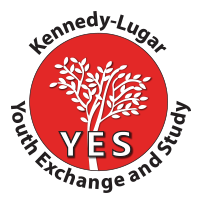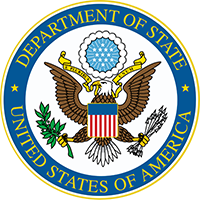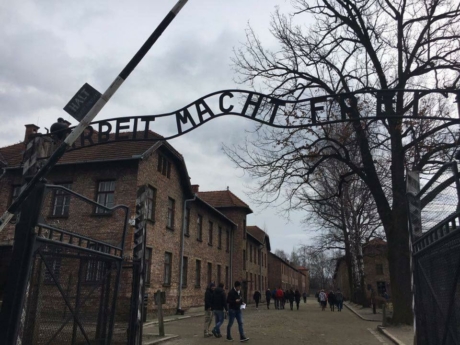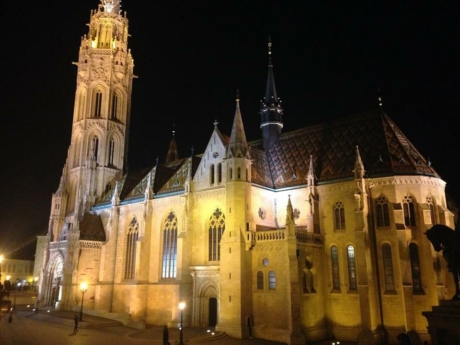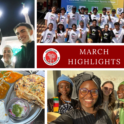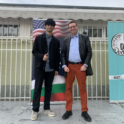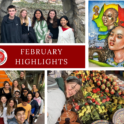StoriesBack to Stories
Historical Trip Through Hungary and Poland
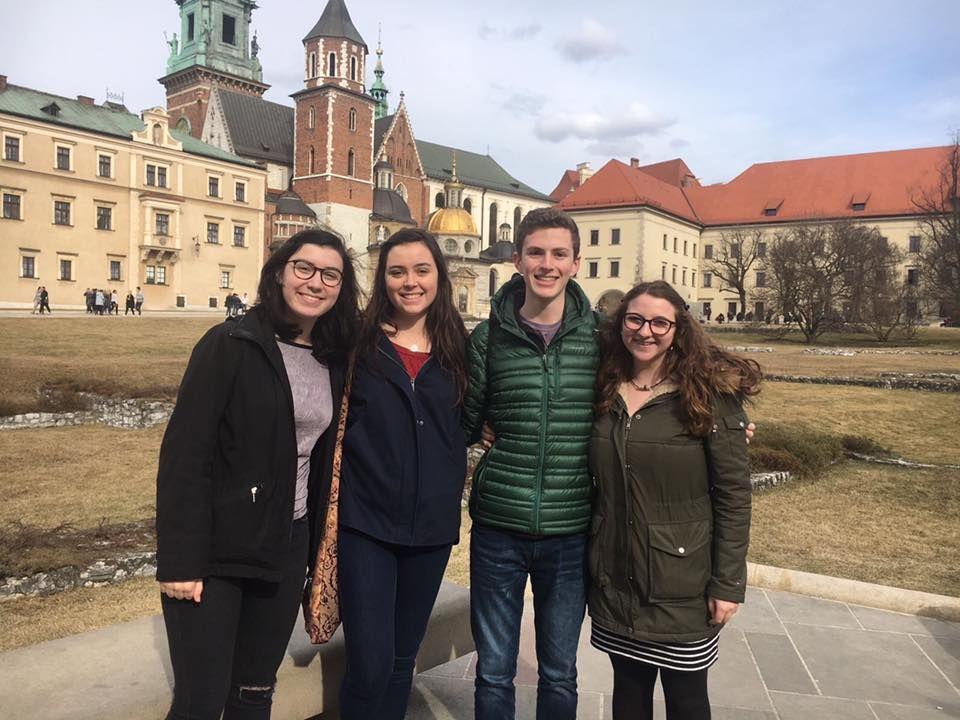
Photo above: YES Abroad students visit the Wawel Castle in Poland.
By Maeve B., YES Abroad 2016-2017, Bosnia and Herzegovina
Last weekend, the other YES Abroad students in Sarajevo and I had the opportunity to travel to Budapest, Hungary, and Krakow, Poland, with our fellow classmates from our host school “Druga gimnazija.” As part of the curriculum in the Bosnian language course taken by our peers, students read Fatelessness by Imre Kertesz, an autobiographical novel depicting a young boy's experience through the Holocaust and the infamous concentration camp, Auschwitz. On the trip, organized by the Bosnian teacher, we visited many of the places that illustrated the background of the Holocaust as Gyuri, the main character, experienced it.
We first stopped in Budapest, Hungary, Gyrui’s original home. We spent our night in Hungary visiting the Hero’s Square and the marvelous, neo-Gothic Fisherman’s Bastion. The Hero’s Square in Budapest features statues of the seven chieftains of the Magyars, as well as other important national leaders, including the Tomb of the Unknown Soldier. The Fisherman’s Bastion pays homage to the guild of fisherman who protected the architectural feat during the Middle Ages. These attractions represent some of the most glorious moments in the country’s history, in stark contrast to the horrors that ensued during the Holocaust. In this way, we experienced the grandeur of Hungary as it was before the oppressive grip of the Nazis added a darker chapter to the nation’s history.
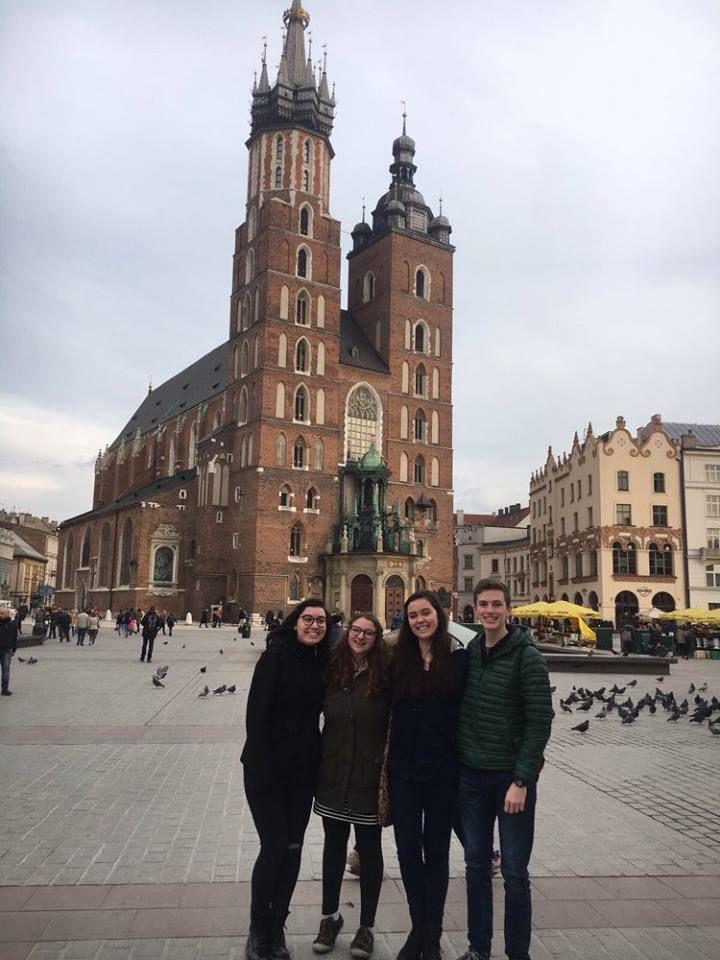
After a long ride through much of the countryside of Hungary and Slovakia, we arrived in Krakow, Poland at dusk, giving us time to orient ourselves before an informative tour the next morning (photo right: YES Abroad students in Krakow). We began our tour in Kazimierz, a historical district preserving and exhibiting Jewish culture where Krakow once had a large, flourishing population. The tour also gave us further insight into Poland’s history and some of its most iconic sights, including the Wawel Castle, often referred to as the “heart of Poland,” and Rynek, one of the largest market squares in Europe.
The next morning, we visited the Auschwitz concentration camp, where 1.1 million Jews, political prisoners, and other enemies of the Nazi Party lost their lives. On this frigid day, the chilling wind whispered and wavered around us, carrying the harrowing essence of victims who had their lives stamped out in the name of hatred and ignorance. Powerful visuals and horrifying facts presented to us on the tour evoked a deeper understanding of the atrocities, though the victims faced suffering on a far greater scale than is possible to truly emulate.
In addition to learning more about the Holocaust, we explored other parts of Eastern Europe’s rich culture and history. We discovered and picked out similarities between Bosnia and Poland through language as well as Austro-Hungarian architectural styles evident in both Krakow and Sarajevo. All in all, I’m very grateful to have been given the opportunity to go on this informative, eye-opening trip.
Photos below: Entrance to Auschwitz in Poland (left). Neo-Gothic Fisherman’s Bastion cathedral in Hungary (right).
